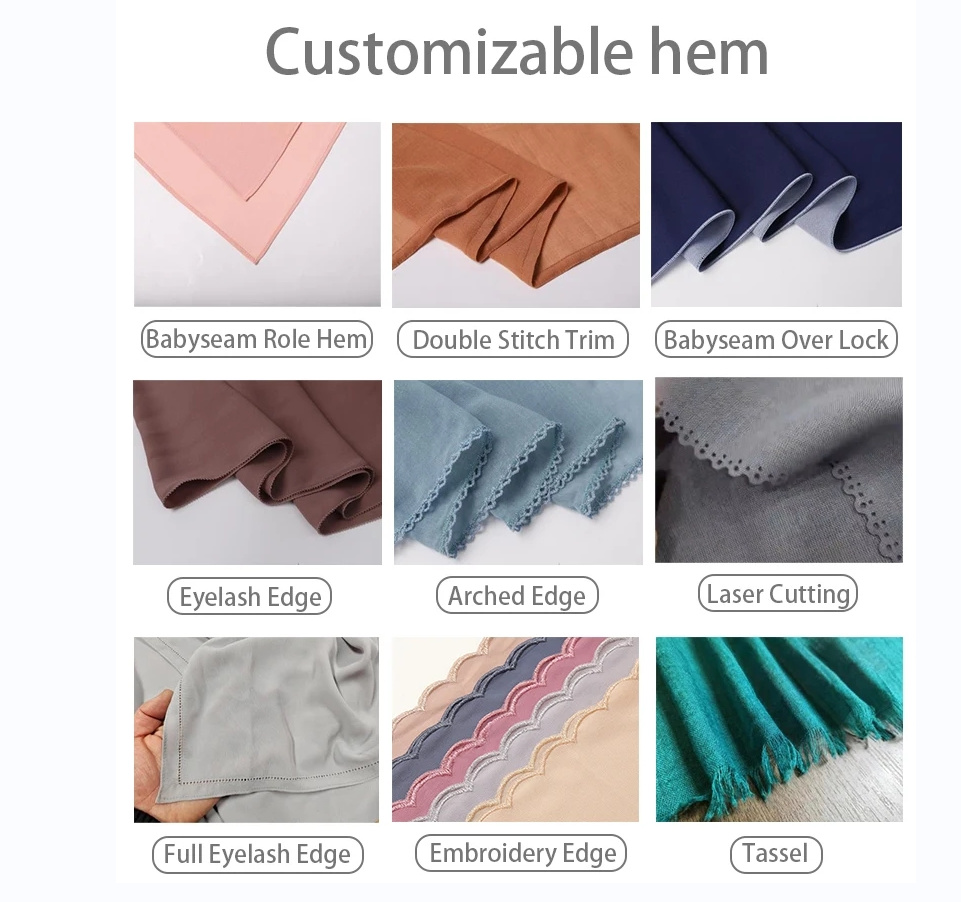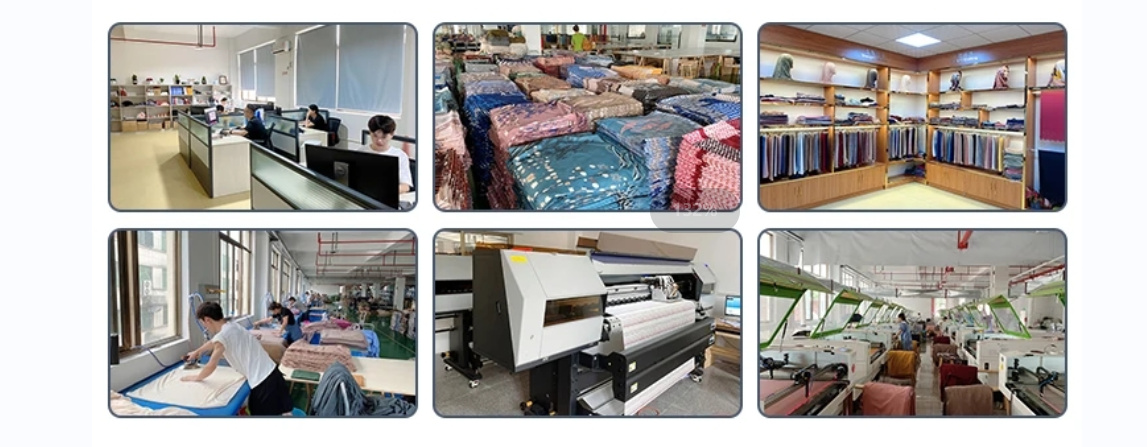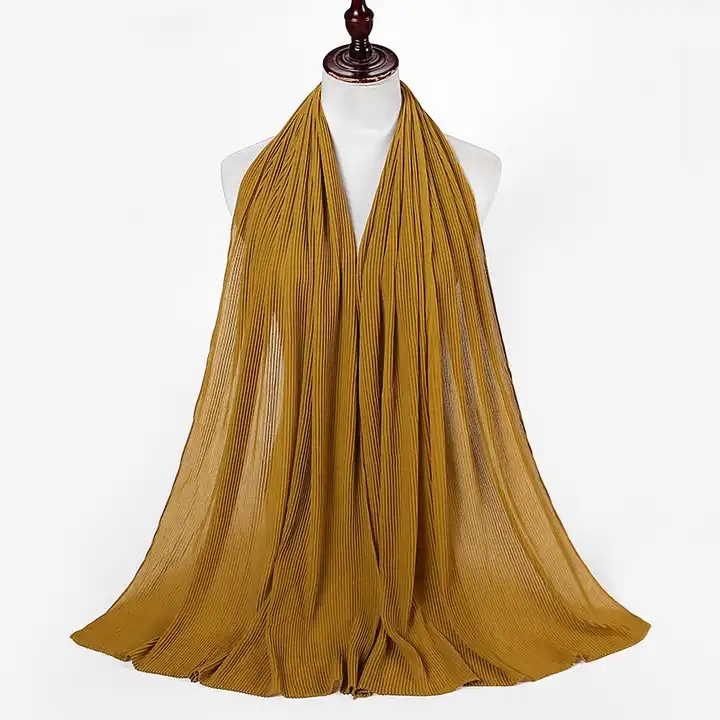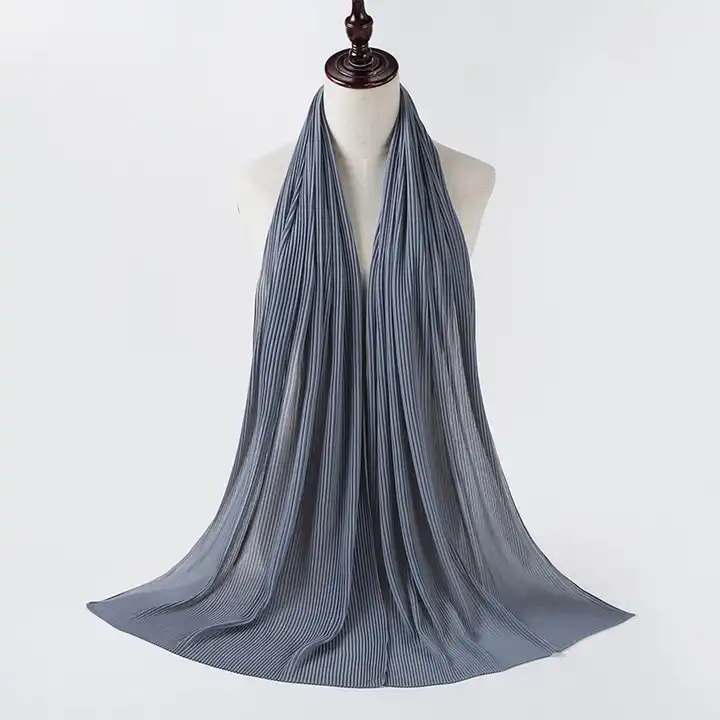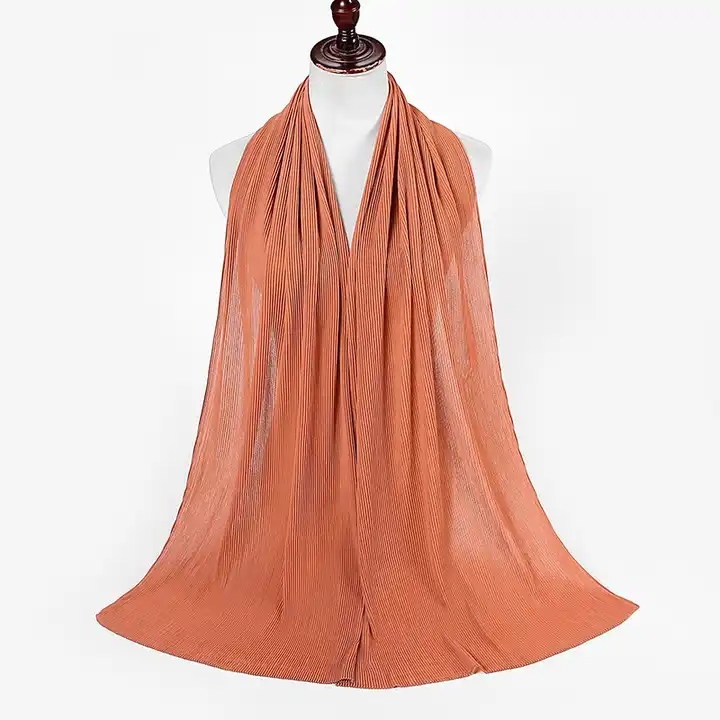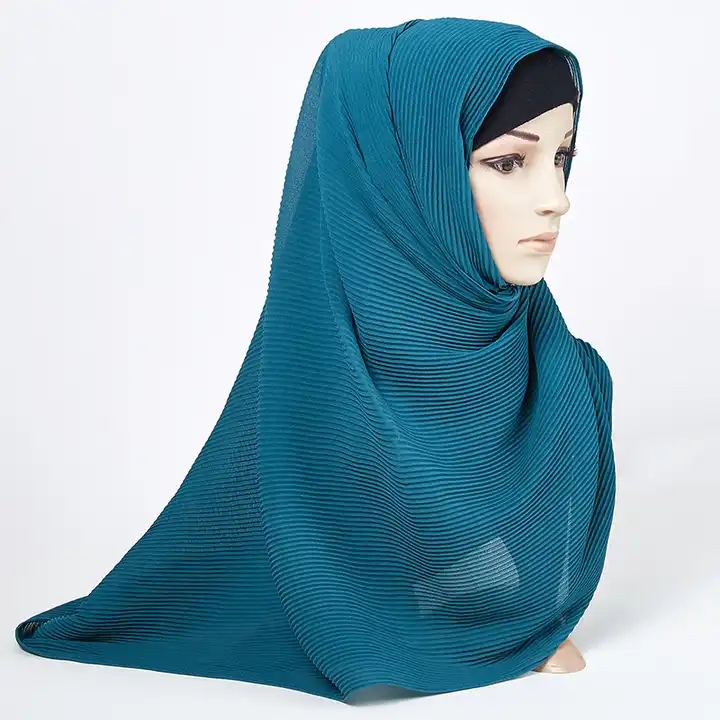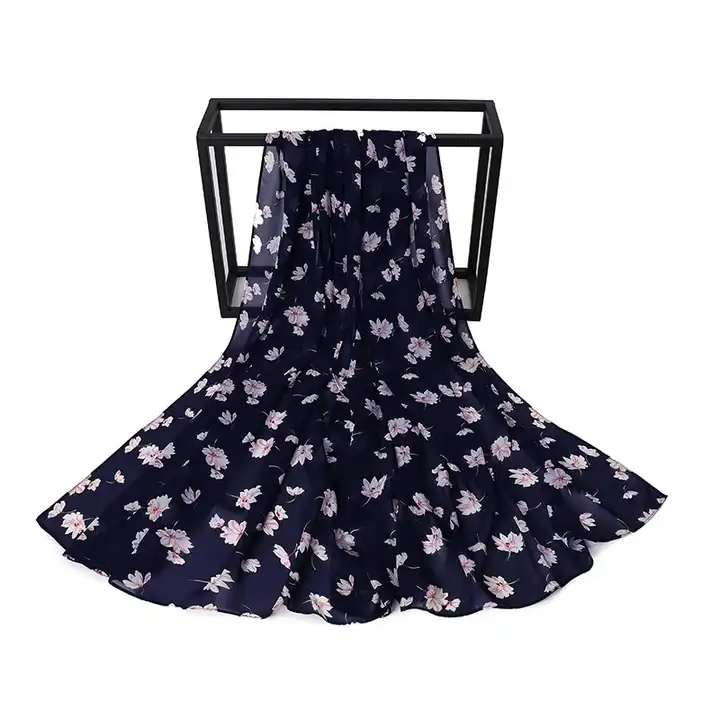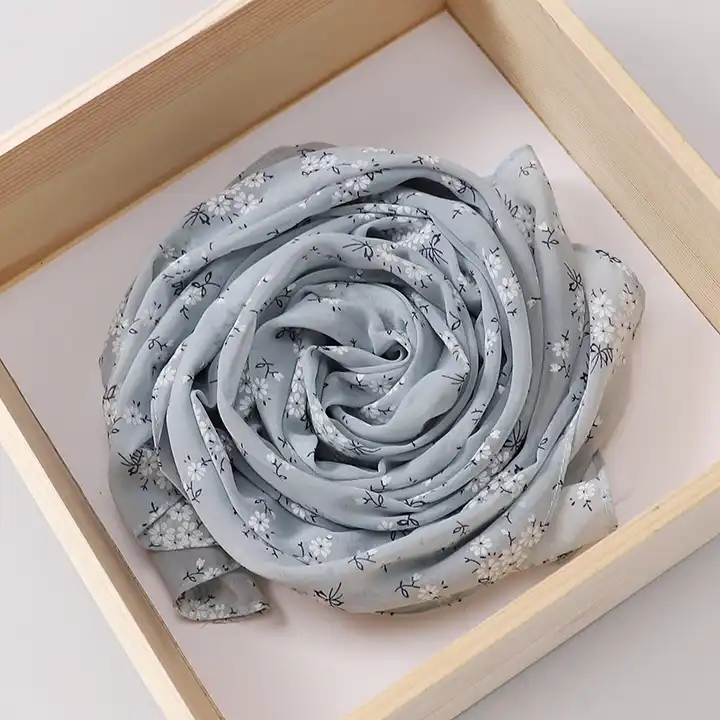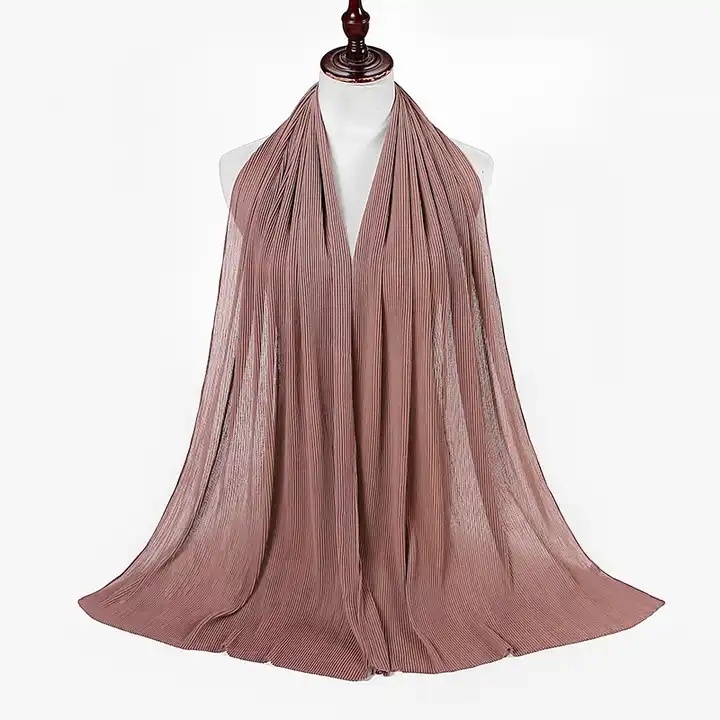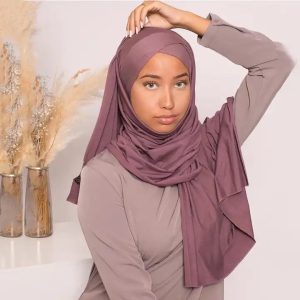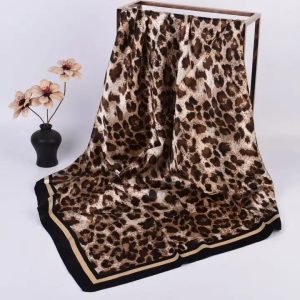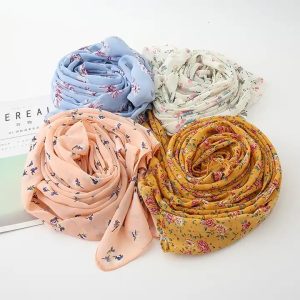Unveiling the Timeless Charm and Cultural Essence of Headscarves
Cultural Icons in Fabric
Headscarves stand as emblems of heritage and identity across cultures. From the regal drapes of the Middle Eastern hijab to the vibrant hues of South Asian dupattas, these garments are steeped in history, representing traditions passed down through generations.
Evolving Fashion Statements
Fashion’s love affair with headscarves persists, witnessing a fusion of tradition and trend. Influential designers continually reinterpret these pieces, blending classic styles with contemporary elements, ensuring their relevance on runways and in daily wear.
Versatile Companions
The allure of headscarves lies in their adaptability. Whether worn for religious observance, as a fashion accessory, or a shield against the weather, they effortlessly complement various looks, adding elegance to any attire.
Selecting Your Narrative
Choosing a headscarf involves exploring textures, patterns, and cultural contexts. Deciphering between rich silks, lightweight cottons, or patterned fabrics allows wearers to express individual style while honoring cultural heritage.
Embracing Unity in Diversity
Headscarves symbolize more than fashion; they embody inclusivity. They serve as a bridge between cultures, encouraging appreciation for diversity and acceptance of different sartorial expressions, fostering a global sense of unity.
Conclusion: Threads of Tradition and Expression
In the weave of headscarves lies a tapestry of tradition, resilience, and personal expression. They transcend mere garments, representing elegance, cultural pride, and the celebration of individuality.
